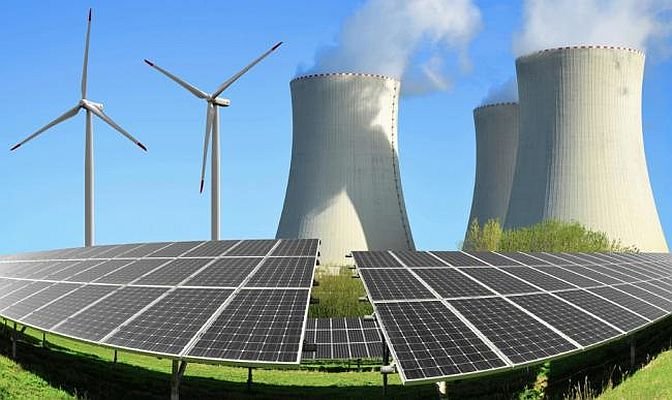For any meaningful planning exercise, the costs should be correctly assessed, and ideally, it should be the life-cycle cost. This premise holds true for our renewable energy program also.
However in India while estimating solar and wind electricity tariffs, we are ignoring two basic costs.
- The first is the balancing cost, and
- the second is the cost of recycling the solar waste at the end of life
Generation from renewables is intermittent in nature since unexpected cloud cover, or sudden fall in wind velocity will lead to an immediate dip in generation.

In order to maintain the stability of the grid, we need to rely on other resources to counterbalance the drop, which can be done best by hydro-based or coal based generation.
Consequently, with our target of 175 GW of renewables by 2022 (and also 450 GW by probably 2030), the coal-based plants at certain times of the day will operate at below the technical minimum.

The present regulations of CERC compensate a coal-based generator for the extra operational cost that he has to bear, but it should not be below 55% of the capacity.
The second aspect that we ignore is the cost of recycling the solar waste once its life is over after 25 years. There are some estimates that the annual volume of PV waste in India is likely to reach two lakh tonnes by 2030 and 1.8 million tonnes by 2050.
It is estimated that the cost of recycling can vary from $250 to $600 per tonne, which is far more than the value of the recycled material. In addition, there will be transportation cost which can range from 60% to 100% of the recycling cost.

The important point to note is that we do not have any credible estimate of the ‘balancing cost’ for the country as a whole. These cost, if added to the cost of generation from renewables, will give a completely different story vis-à-vis cost of generation from coal-based plants.
Reference- Financial Express, Economic Times, livemint, Mercom India






